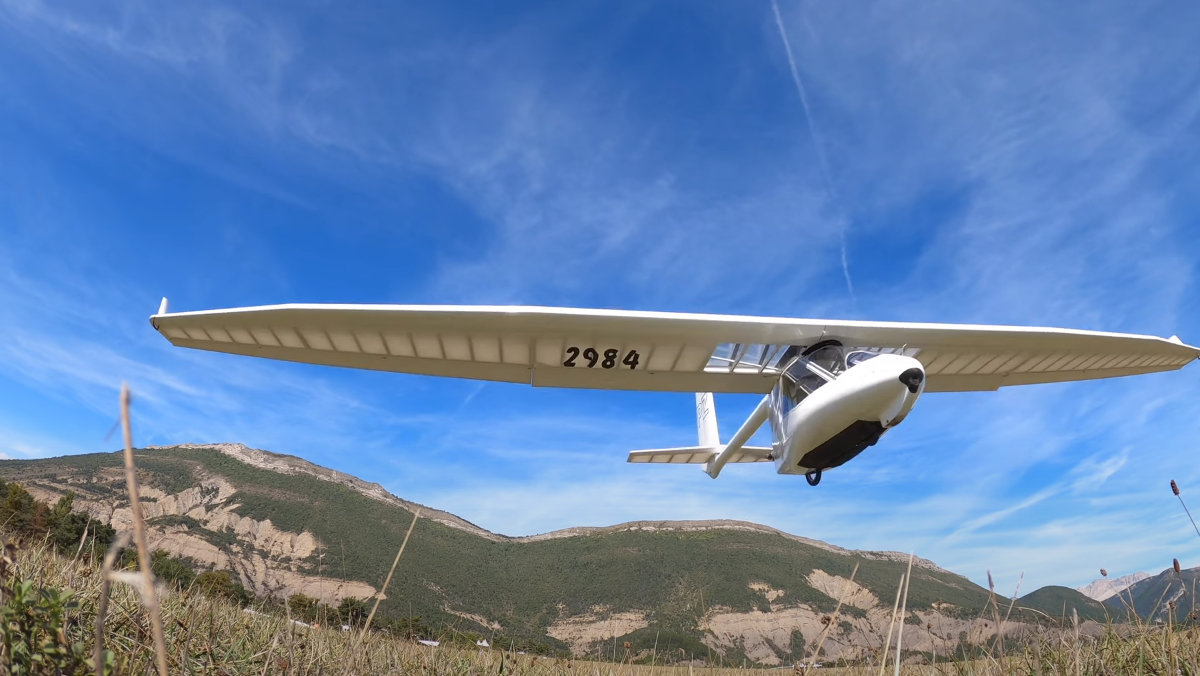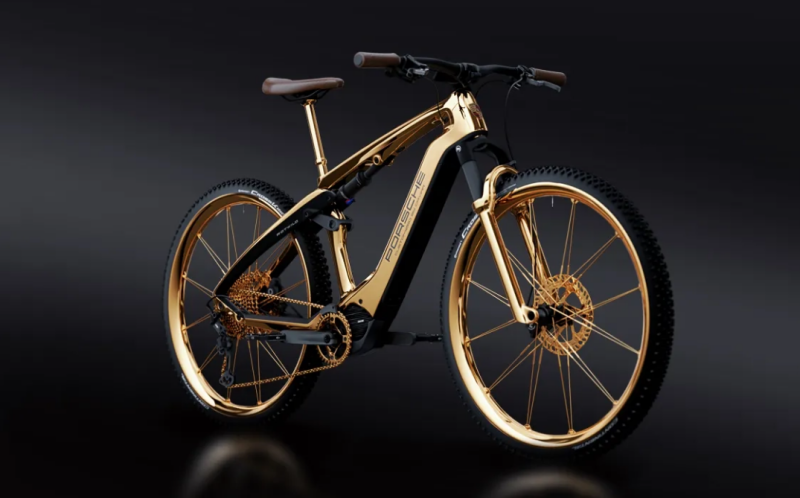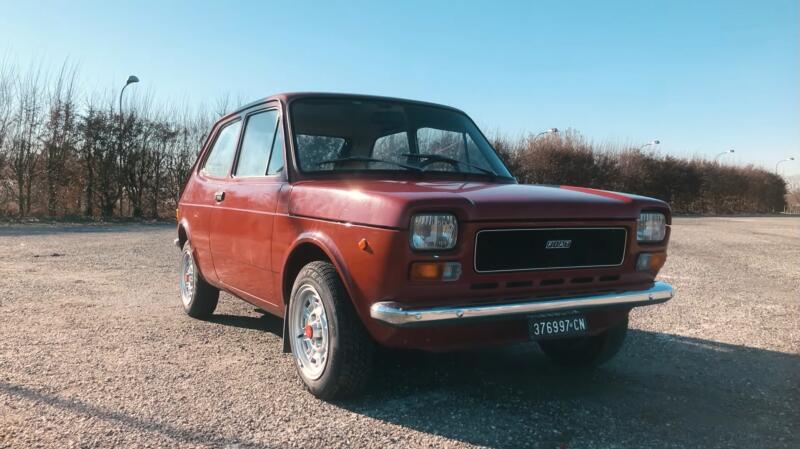What is this contraption? An aircraft that, although heavier than air, is able to move along it due to the lift created by the flow on the wing. Instead of thrust from the engine, gravity is used - the earth's attraction.
Who builds gliders and why?
The first such apparatus to lift a man into the sky was made by George Cayley in 1853. And since then, "let's go": by the end of the 20th and the beginning of the XNUMXth century, another designer, Otto Lilienthal, created a glider, as they would say now, suitable for long-term practical use. The car had balanced characteristics and by the XNUMXs the idea was very popular in the world, including the USSR.
 The cabin of wooden gliders of the 30s had a minimum of instruments. Photo: YouTube.com
The cabin of wooden gliders of the 30s had a minimum of instruments. Photo: YouTube.comGliding schools were created everywhere, where future famous pilots received their first flight experience. Gradually, the goals were determined, for the achievement of which a glider was needed:
✅ study
✅ sports competitions (aerobatics, speed and distance records)
✅ experiments like "make something and see how it flies"
✅ study of the atmosphere
✅ transportation of small cargoes
✅ entertainment
The latter purpose is actively used today: on an aircraft, you can not only admire panoramas from a bird's eye view, but also perform some aerobatics. In addition, such entertainment is inexpensive: the main part of the price tag is payment for the service of a towing aircraft.
How does the glider take off?
There are several options, the most common of which is towing by plane. The glider is attached to the tail, pulled to the desired height and released into free flight. At the same time, the plane can drag a couple of non-motorized aircraft along with it.
 Glider takeoff with the help of a towing aircraft. Photo: YouTube.com
Glider takeoff with the help of a towing aircraft. Photo: YouTube.comThere are other ways to take to the skies in a glider. For example, the most current method of self-takeoff is the use of a special small engine. Such a device is called a motor glider. Here the power unit is started only to get off the ground. Well, or if there is not enough air flow to reach the landing site. And the glider can also be pushed down a steep mountain, “pulled” with it from a special winch, lifted into the air with the help of a booster car. The latter method was also used to test new small (more often experimental) aircraft: the car gained 180-190 km / h, the device took off from the ground, the instruments recorded its behavior associated with aerodynamics.
How it flies
In order not only to descend, but also to gain height, to maneuver, a non-motorized device uses air currents. Usually this is the so-called. thermals. They appear where the earth's surface heats up the most. Usually these are places of black color, attracting heat: arable land, highways. The disadvantage of thermals is that they can only be used in the climatic conditions of Russia in spring and summer.
 After takeoff, upon reaching a predetermined height, the cable is unhooked. Photo: YouTube.com
After takeoff, upon reaching a predetermined height, the cable is unhooked. Photo: YouTube.comAnd to increase the height, wave flows enveloping the mountains are used. It was in such areas that world records were set. Often two options are taken into account at once. For example, the collision of the wind with the slope and its heating by the sun. As a result, streamlined and thermal flows are formed.
 One of the recognized masters of soaring is the petrel. Photo: YouTube.com
One of the recognized masters of soaring is the petrel. Photo: YouTube.comA good example of soaring is large birds. An albatross cannot fly for a long time with the help of muscles. He spends most of his life in soaring.
About records
We are talking about the maximum height and range of flight. In the first case, the stratospheric glider Windward Performance Perlan 2 became the record holder. I must say that in 1989 a record was set for the height of subsonic flight on an airplane (!) Lockheed U-2, which rose to 22 thousand 475 meters. Pilots Tim Gardner and Jim Payne "beat" this achievement. On the Perlan 2 glider on September 2, 2018, they managed to reach a height of 23 thousand 203 m.
 The unpowered Windward Performance Perlan 2 flew higher than the subsonic U-2. Photo: YouTube.com
The unpowered Windward Performance Perlan 2 flew higher than the subsonic U-2. Photo: YouTube.comAs for the flight range, the record is officially registered by the German Klaus Ohlman. On January 21, 2003, a pilot from Germany flew 3009 km on a non-powered vehicle.
Glider characteristics
The most important of them is the aerodynamic quality, denoted by the letter "K". This parameter shows how many horizontal meters the device will fly, losing 1 m of altitude in calm weather. For example, if K = 40, the glider will fly 40 m, descending by 1 m. For the best gliders, “K” reaches 60 units. This value is possible due to the small mass and elongated wings. For example, the “corner” has K = 10, while the Russian glider AS-7M has a “quality” of 37 units. The Virgin Atlantic GlobalFlyer aircraft, on which a round-the-world trip was made without refueling, has exactly the same parameter. The record holder (we wrote about him above) Klaus Olman on the Nimbus 4 DM glider, which had K = 60, managed to fly around Everest in 2014.
 In the cockpit of the Nimbus 4 DM, which flew around Chomolungma. Photo: YouTube.com
In the cockpit of the Nimbus 4 DM, which flew around Chomolungma. Photo: YouTube.comBut even a relatively small "K" allows you to plan even a large liner. As, for example, did the A320 (K = 17), which, after an engine failure due to a collision with birds, successfully landed on the Hudson in 2009.
The largest example of a glider is the famous Buran, which has no landing engines at all. Today, glider schools are not as popular as they were in the 20s and 30s of the last century, but there are still enough training centers. They are in the Moscow region, St. Petersburg, and other large and not very cities of Russia. On the website of the Gliding Federation you can find the necessary information about the official clubs of the Russian Federation. And what do entertainment lovers and future pilots fly today?
Blanik
The most common are two models from the Czech manufacturer LET - L-13 and L-23. The glider is quite old in a moral sense, but round instruments bring joy to some fans. The maintainability of the device is at a high level - approximately like a Soviet car. The glider behaves steadily in flight and is considered reliable. K=28 (L-23 has 32).
 Blanik L-23 is compact. Photo: YouTube.com
Blanik L-23 is compact. Photo: YouTube.comThe cost of a used car depends on the year of manufacture and averages 35-57 thousand dollars. The ten-year-old Blanik L-23 is estimated at 31 greenbacks.
DG-1000
High-quality European glider, perfect for learning the basics of flying. The US Air Force liked the device so much that it was almost completely replaced by the obsolete Blaniks.
 DG - 1000 in flight. Photo: YouTube.com
DG - 1000 in flight. Photo: YouTube.comThe glider is distinguished by high consumer properties, although many note a cramped cabin and an inflated price of 140 thousand dollars. Aerodynamic quality - 47.
AC-7
Russian glider, which has extremely good consumer properties. Take-off weight reaches 700 kg, the glider is sold with a trailer (optional) for transportation by car, which is very convenient: you do not need to bother to find a suitable vehicle to deliver the device to the desired location. And one more important plus - the chairs of the instructor and the "user" are placed side by side, and not one after the other, as in most non-motorized devices.
 In the Russian AC-7, the seats are arranged in pairs! Photo: YouTube.com
In the Russian AC-7, the seats are arranged in pairs! Photo: YouTube.comAerodynamic quality of AC-7 and AC-7M (with engine): 34 and 37 at a maximum speed of 200 and 250 km/h, respectively. The cost of the glider is 55 thousand, and the trailer is 21 thousand euros.
Results
Initially, the glider was invented as a means for studying the aerodynamic qualities of aircraft. That is how Zhukovsky, who personally knew Lilienthal, treated him. However, life has shown that it is possible to teach flights on a glider, use the principles laid down in them to create space shuttles, or simply admire the beautiful panoramas of the Earth from a bird's eye view.










